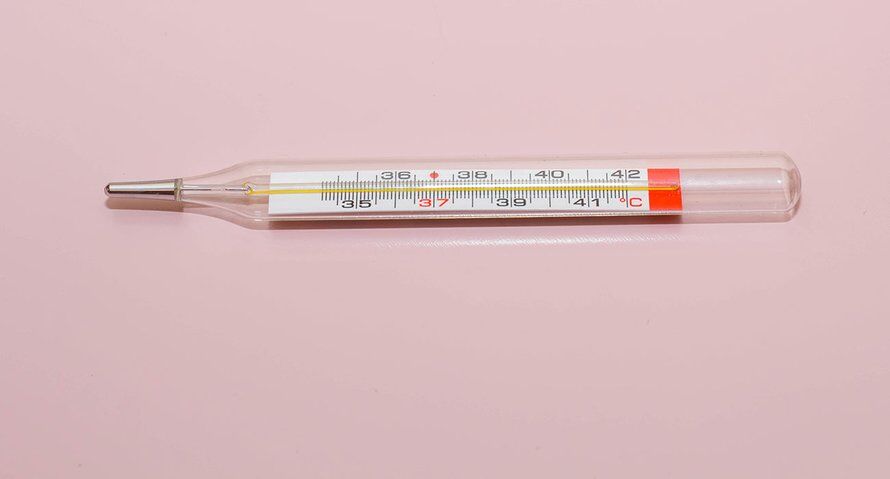this is what you need to know about it
Image: Shutterstock
In the past year, more children had a serious group A streptococcal infection. Since early 2022, more children have been hospitalized with this infection. This has emerged from research by the Juliana Children’s Hospital together with six other hospitals.
The number of children with the disease is also increasing in France, Ireland, Spain, Sweden and the United Kingdom.
More children with streptococcal infection
In the second quarter of 2022, 28 children were hospitalized with an infection with group A streptococcus, the so-called GAS bacteria. There were nine in 2019 and two in 2018. Of the 61 children who were admitted to one of the seven hospitals that participated in the study since the corona pandemic, five children did not survive. Surprisingly many, according to the hospitals. Serious infections mainly occurred in children under five years of age. This was less possible during the period when they had to build up their immune system, because we were still in a corona pandemic at the time. It was previously thought that the number of infections would decrease in the summer, but that did not happen. Why more children now have a streptococcal infection is under further investigation.
Children sometimes seriously ill
An infection with the GAS bacteria can be harmless. For example, it causes sore throat, tonsillitis, impetigo, scarlet fever or erysipelas. In very rare cases, the bacteria penetrate deeper into the body and the disease progresses more seriously. The skin, muscles, bones, heart, kidneys, brain and meninges can then become inflamed. “An infection can go from mild to very serious within a day,” pediatrician infectious disease immunologist Michiel van der Flier tells. The parole. In that case, it is important to start antibiotics as soon as possible. In milder cases, antibiotics are not always necessary. Group A streptococci are transmitted by droplets released when talking, coughing and sneezing or through (in)direct contact.
Also read: ‘Every mother should know about this bacteria’
Link with other diseases
Although a strep infection is usually mild, it can be life-threatening. Pediatrician Mirjam van Veen of the Juliana Children’s Hospital often sees a link between serious infections and other illnesses. For example, the infection is more common in children with chickenpox, because the group A streptococcus can enter the skin more easily through the blisters. An infection can also be more severe in combination with the flu. Van Veen advises parents to pay close attention. “If a child becomes very ill again after chickenpox or develops an inflammation of the skin, then that is something to be alert to,” she says. NOS. “Fortunately, most children with a fever have a harmless infection.” Does your child have a fever? You can read here what you should pay attention to.
Source: NOS, Het Parool, Thuisarts



